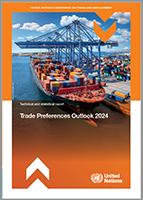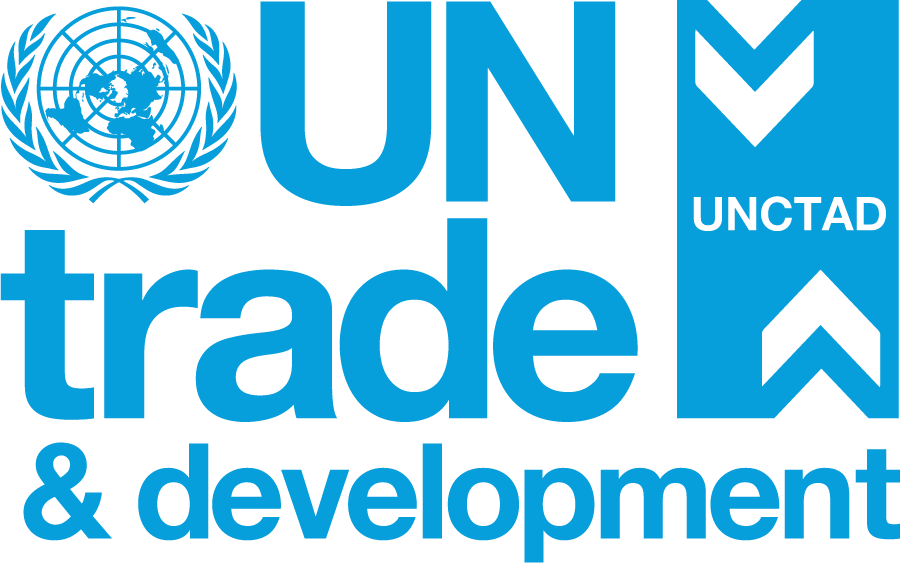
Non-reciprocal trade preferences (NRTPs) are a trade policy instrument that has been widely used to support economic development. They have underpinned North-South trade relations over the past 60 years and continue to provide a privileged avenue of trade for developing countries.
By unilaterally opening their large markets, preference-giving countries seek to help developing countries increase their export earnings to foster industrialization and economic growth, while allowing them to preserve their existing tariff levels to continue protecting own domestic industries.
The Generalized System of Preferences (GSP) that emerged from the intergovernmental discussions conducted under UNCTAD in the 1960s is the case in point.
Today, 16 “developed” countries offer GSP schemes, usually composed of standard schemes applicable to developing countries which do not fall in the least developed countries (LDCs) category, as well as more advantageous preferences exclusively applied to LDCs.
In addition, 9 developing countries offer LDC-specific preferences aimed at providing duty-free and quota-free (DFQF) market access conditions.
This first issue of the UNCTAD Trade Preferences Outlook seeks to shed light on these questions by taking stock of the current state of preferential trade conducted under NRTP programmes, assessing their effects, and examining their continued relevance in the light of the changing pattern and structure of international trade.
In particular, it seeks to contribute to the debate on whether and how GSP and other trade preferences have contributed to developing countries’ export diversification, one of the key pillars for sustained export growth and economic development.
The report is organized as follows:
- Chapter I provides an overview of NRTPs and an empirical evaluation of trade preferences in promoting export diversification in developing countries.
- Chapter II examines the evolving effect of trade preferences in the light of the changing dynamics of international trade and the policy landscape.
- Chapter III discusses possible ways forward for adapting trade preferences to the emerging trade realities and explores possible new areas of trade cooperation beyond tariffs for the consideration of member States.


